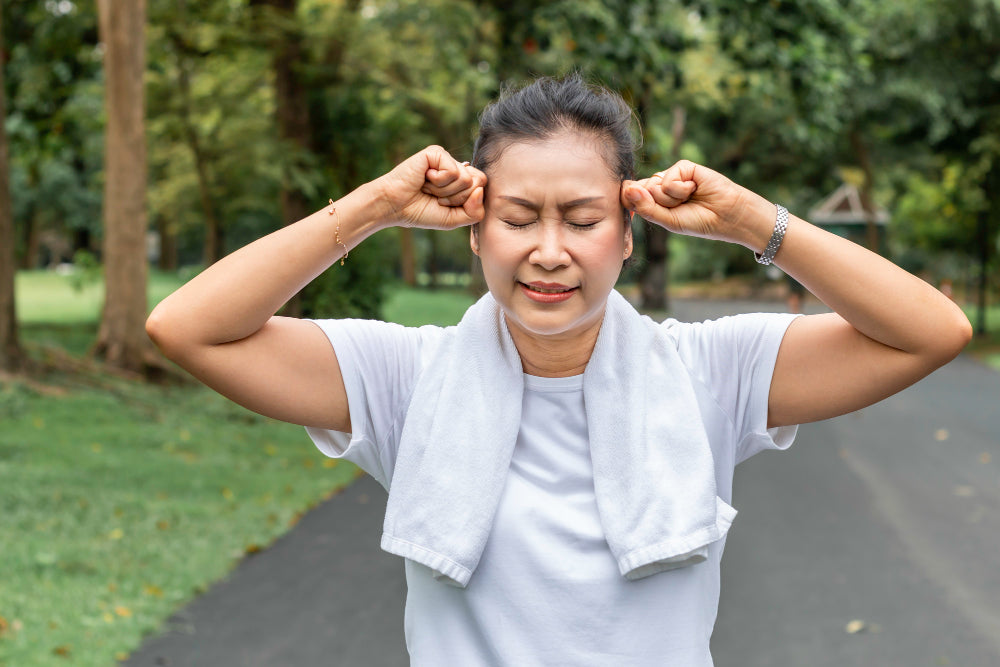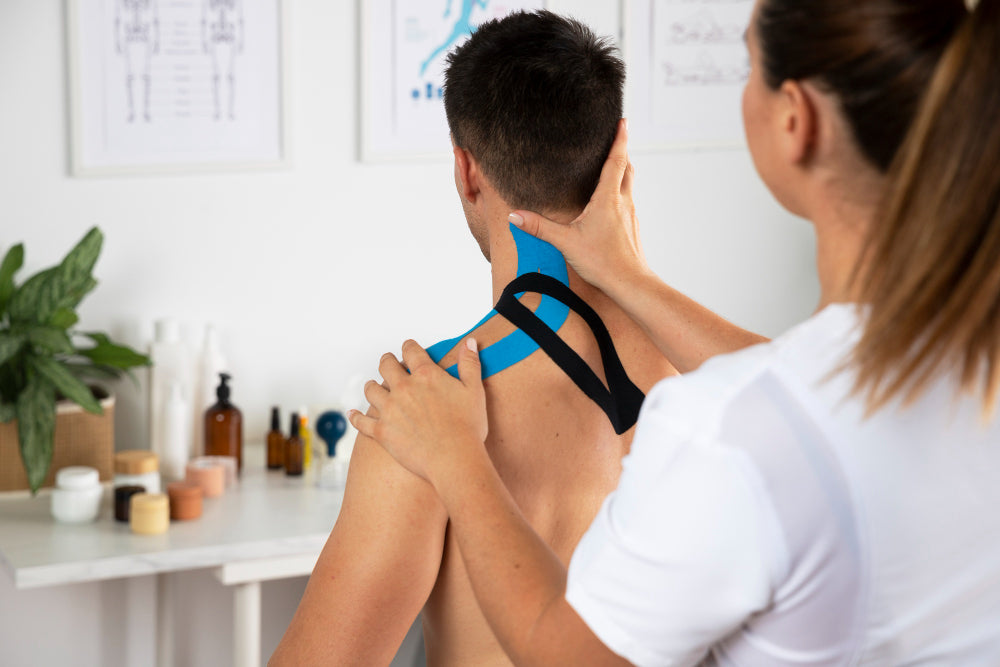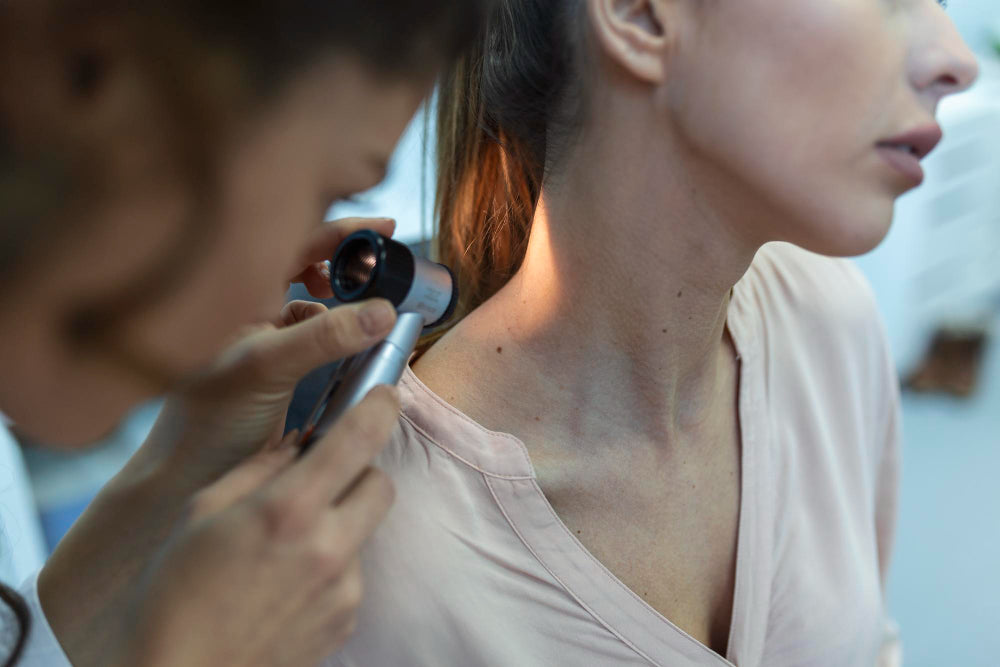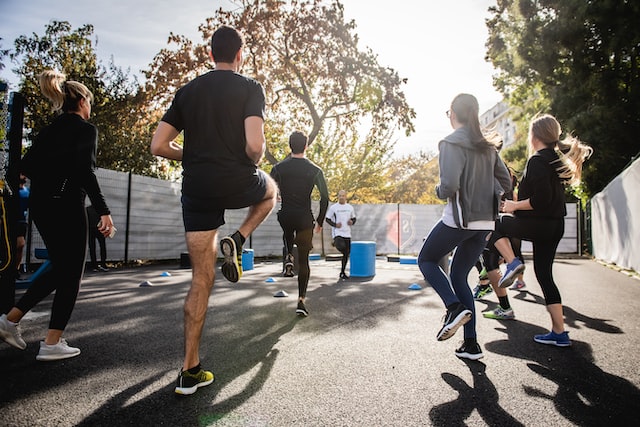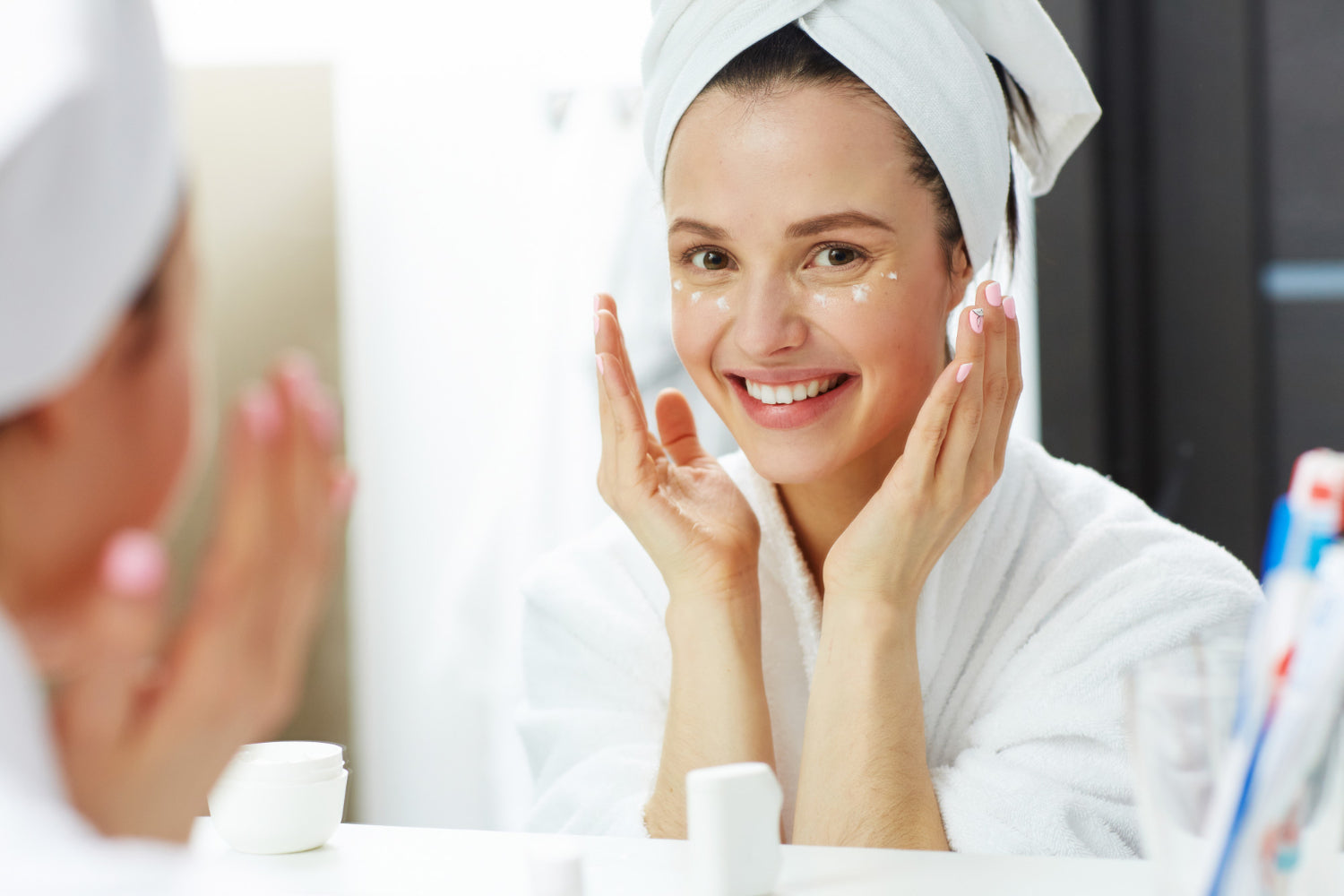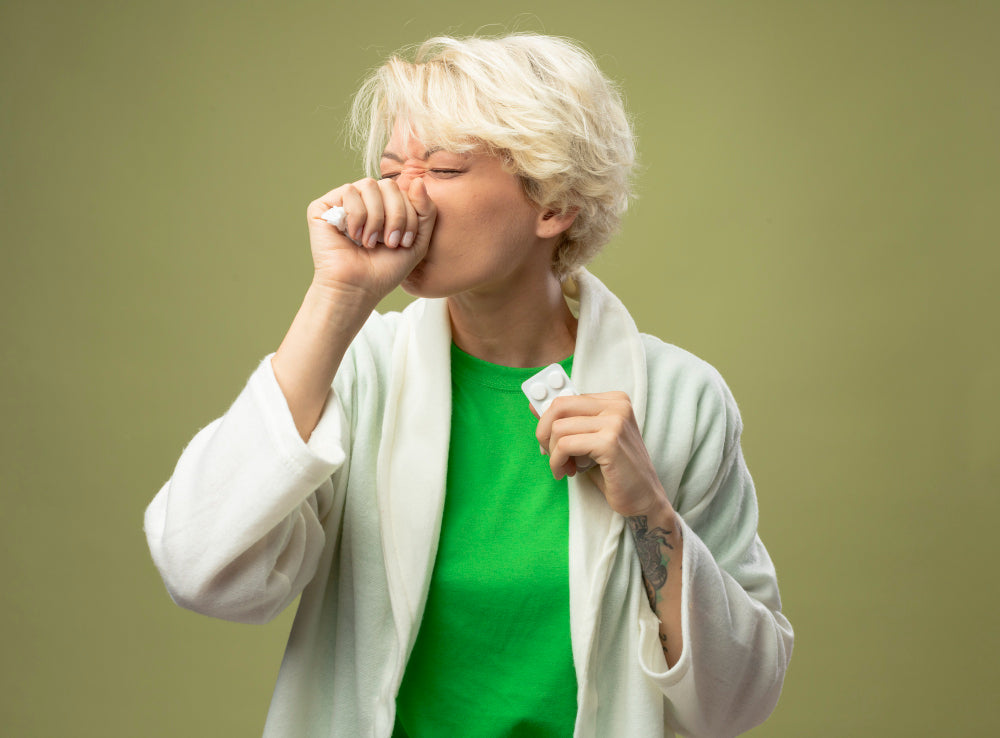There is beauty to every season in life. There is an unmistakable joy that comes with sitting by a fire on a cold winter’s day, but equally, the first sunkissed day of the summer arrives not a second too soon. It’s important to recognise these beauties or you will spend each season waiting for the next.
Interestingly, there are a few maladies that can accompany these changing seasons. It pays to be across them so that you can appreciate each moment, whatever the weather.
Spring
The biggest culprit for the spring is hayfever and other allergic reactions. Ass the trees and flowers release more pollen (which is why the flowers bloom and the trees flower), we end up inhaling a lot of it in the air. Most people will not even notice, because their bodies recognise it for what it is: a harmless entity. This doesn’t have to be just pollen either. It could be dust, mold spores, anything that the body can mistake as a virus. However, other people’s bodies mistake this as a full scale invasion from some hostile virus. If you’ve ever heard the song 99 Red Balloons, it is a fairly similar situation. So, their bodies start reacting as though there is an infection which needs to be flushed out, pronto. You release a chemical compound called histamines which causes all the fun symptoms of hay fever:
- Your nose might run or become congested
- Sneezing may occur in fits and bursts
- Your eyes could become itchy and watery
- All the rubbing of your watery itchy eyes can cause irritation on your skin
- The roof of your mouth could become itchy, which spreads to your throat and nose
- The histamine could prompt a dry hacking coughing spell
- You lose your ability to smell and taste
- Lastly, just a general fatigue as your body starts diverting its efforts toward the ‘illness’
You will want to alleviate these symptoms pretty quickly, especially as you know they aren’t productive like it might be if you had a cold or flu. FIrstly, there is prevention:
- Stay inside on days with a high pollen count
- Wear a mask if you must venture outside
- Practice good hygiene. The more you wash, the less likely any foreign entity is to invade.
Then there are the reactive methods. You will need to get an antihistamine like Claratyne. Claratyne works by countering the histamine that is prompting all of the symptoms above. As a fast acting treatment, Claratyne is one of the best ways to go about leading a normal life if you are a hay fever sufferer in the springtime.
Summer
Sunburn used to be a rite of passage in an Australian summer. You couldn’t confidently say summer had arrived until you could peel the skin off your back like you were a human mandarin. The folly of yesteryear… if we had known then what we know now (the rates of melanoma in Australians aged 40+ is mind boggling), who knows how many lives may have been saved. As it is, we have a very helpful mnemonic to help you remember all the ways you can protect yourself against the harsh summer sun
Slip - This is encouraging you to slip on a shirt and shorts to protect yourself from the UV rays. Consider how much of your body is protected by clothing compared to the time and effort of applying sunscreen over that same area.
Slop - Next, you need to slop on some sunscreen. The SPF in sunscreen is a measure of how much UV light it blocks. If it usually takes you ten minutes to burn, SPF50 would mean that it takes you 50 times longer to burn.
Slap - This step encourages you to slap on a hat. Slap probably isn’t the best verb here, but you can’t put a price on an alliterative slogan. Nonetheless, the advice is sound
Slide - This was a later addition, but no less important. It refers to sliding on a pair of sunglasses. Around the eyes is a very common site for melanoma because people are quite reluctant to rub sunscreen here. And for good reason. If you’ve ever had sunscreen run into your eyes, you know why. Sunglasses are a much better solution
Seek - Look for shade wherever possible. All the sunscreen, hats and shirts in the world won’t stop you from getting burnt in some capacity. A good bit of shade will.
Winter / Autumn
The most interesting affliction that comes around this time of year is wildly under recognised, but very serious. It is called Seasonal Affective Disorder (ironically, called SAD), and it refers to what happens when you don't have as much sunlight as you normally would. The exact causes of it remain slightly mysterious, but the current research points to the fact that your melatonin and serotonin levels decrease when not exposed to sunlight. As a result, your mood drops, and you enter a depressive state. This isn’t to say that all of your sadness is entirely a result of SAD. It is merely the fact that something that might have partially upset you at your best would make you more upset than usual. There are a few things you can do if you think you might be affected by Seasonal Affective Disorder.
- Counselling: As with any mood disorder, one of the best ways to get around it is to simply talk to someone. Chatting with a counsellor or a psychologist is an incredibly courageous and beneficial choice that can change the quality of your life.
- Light therapy: This involves being exposed to light that would mimic daylight in an effort to rebalance your body’s natural circadian rhythm.
Obviously, we could have talked about the common cold here. But we figured you are probably pretty familiar with this risk. Sometimes knowing that you aren’t quite yourself can be the catalyst for seeking help. If you’re feeling a bit sad, it might be a case of SAD. And that is fixable.












